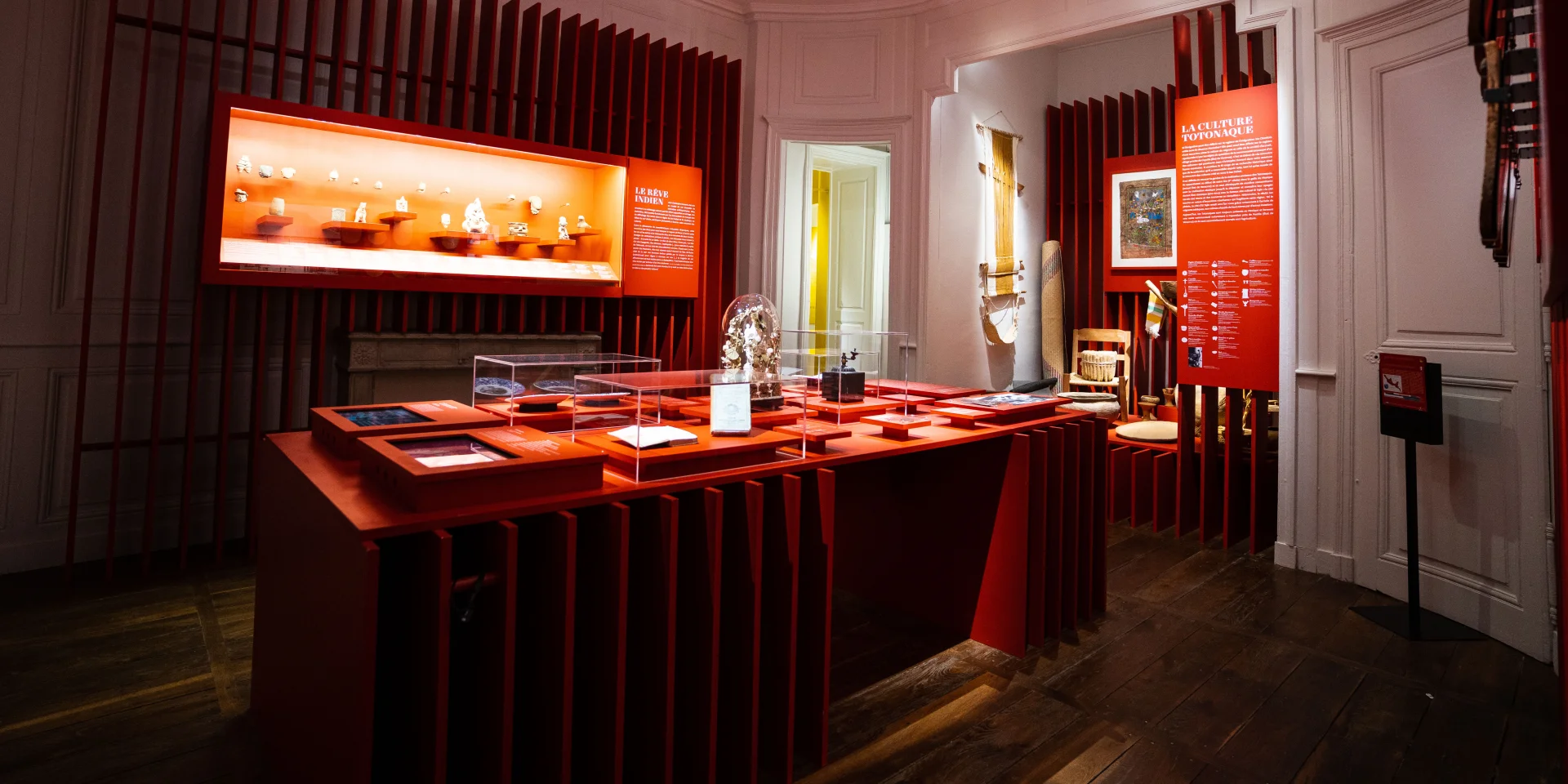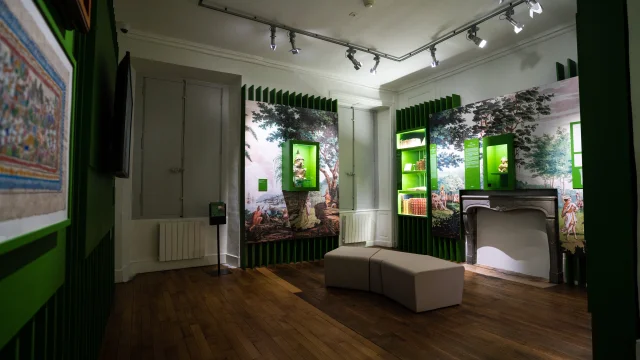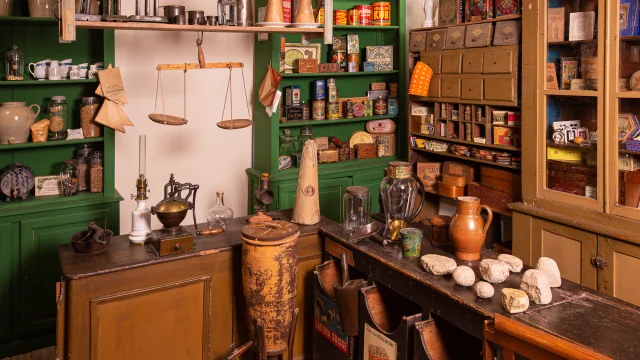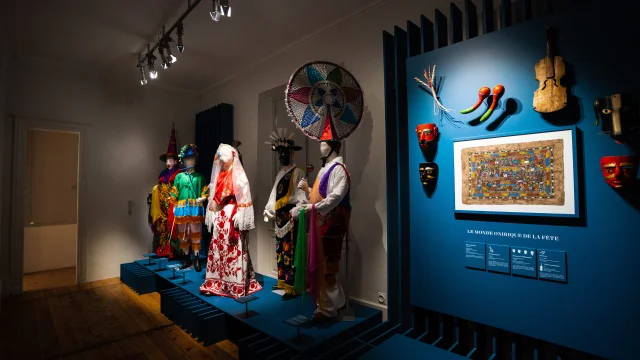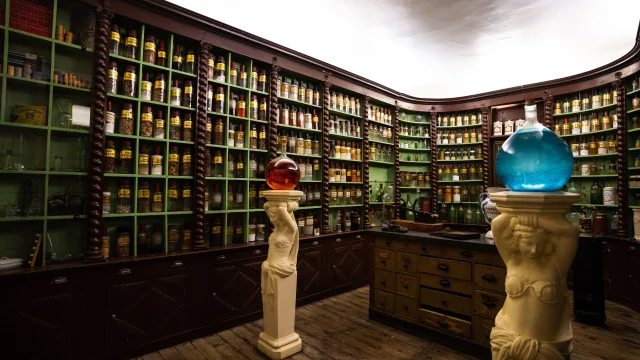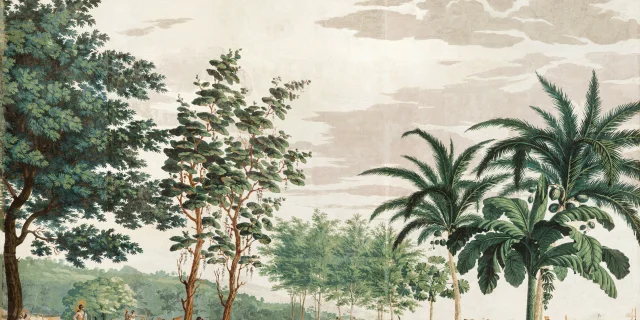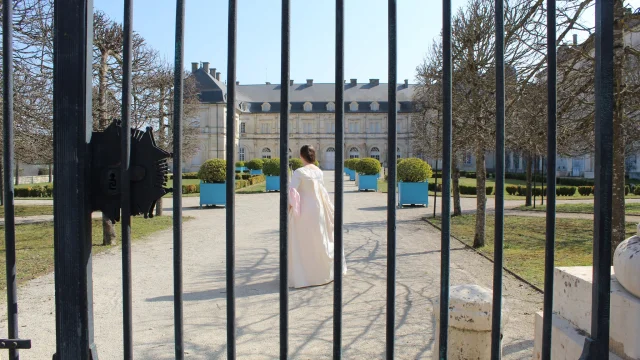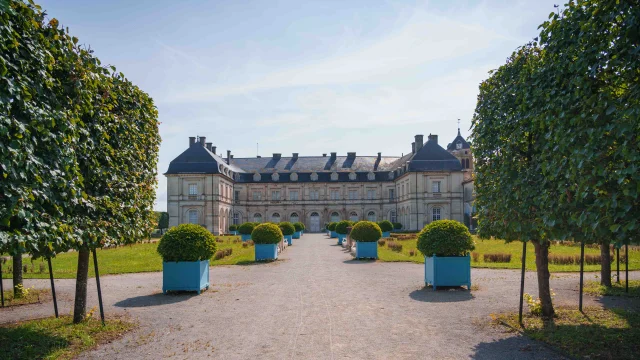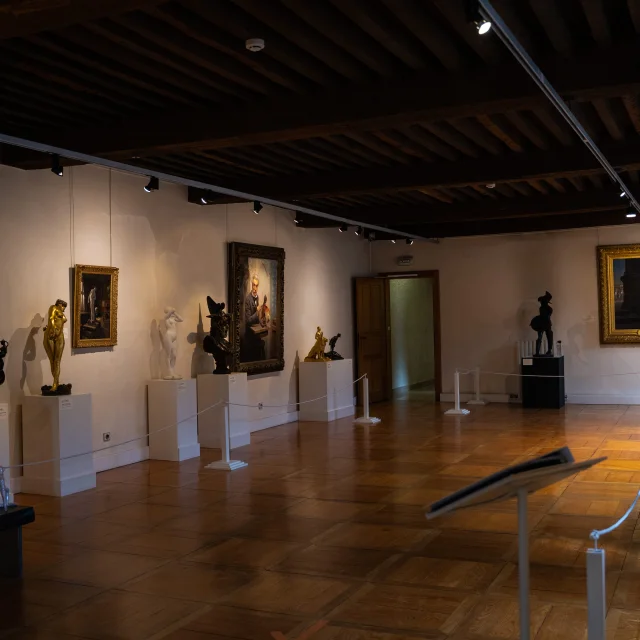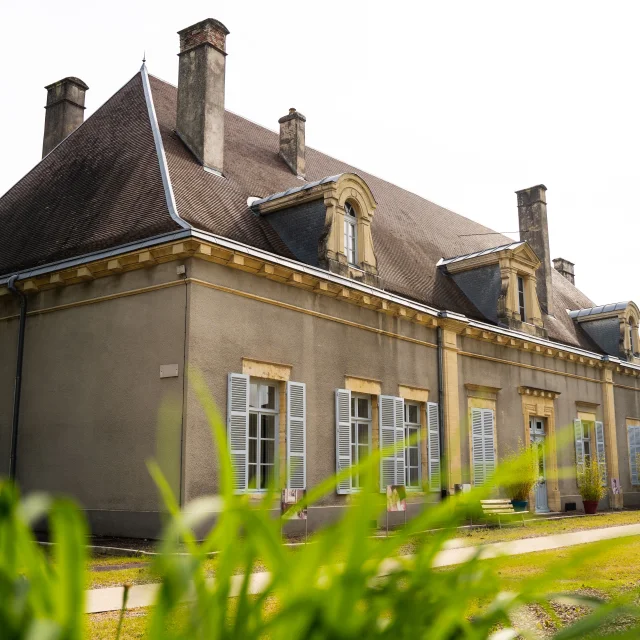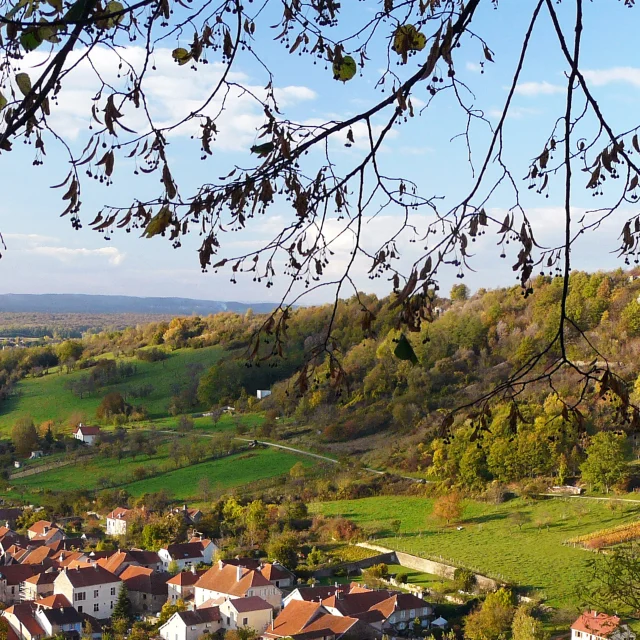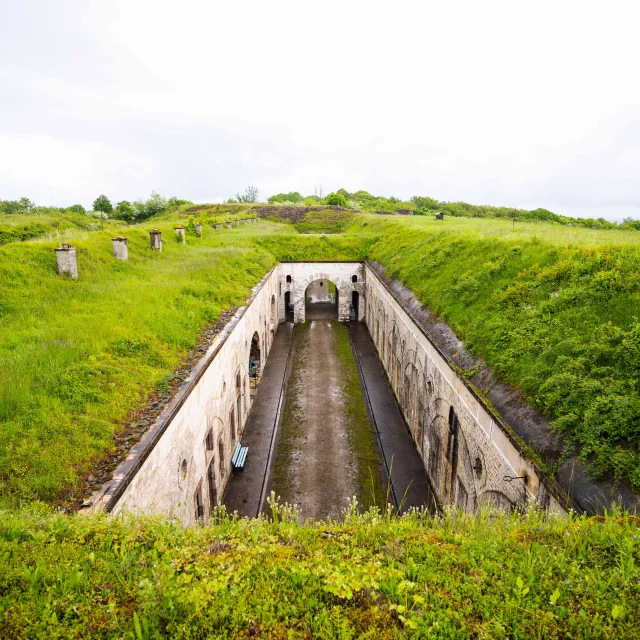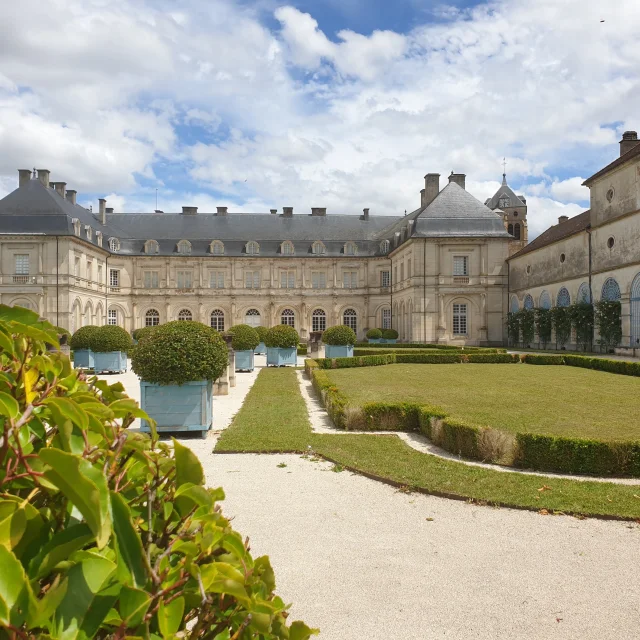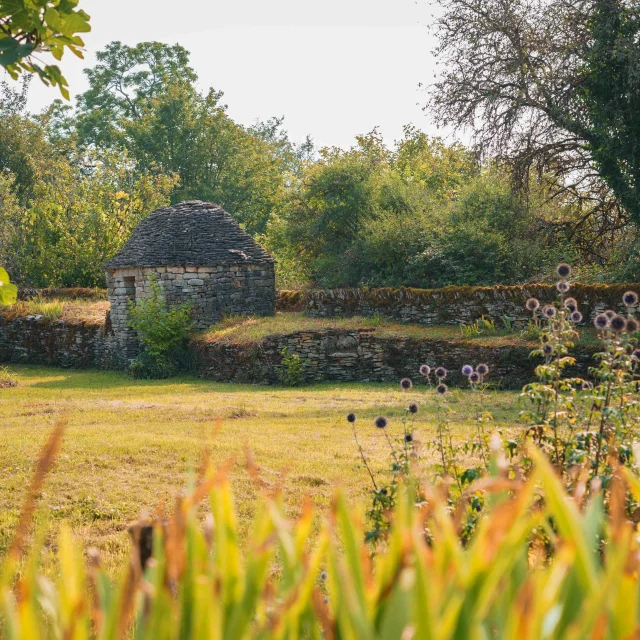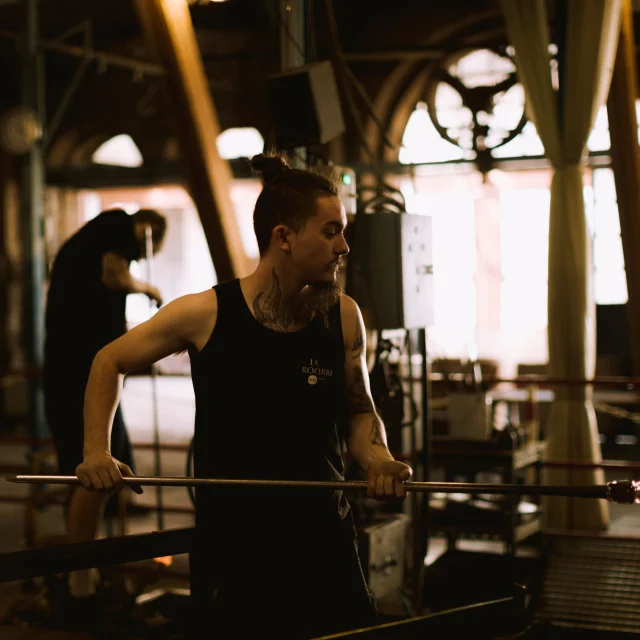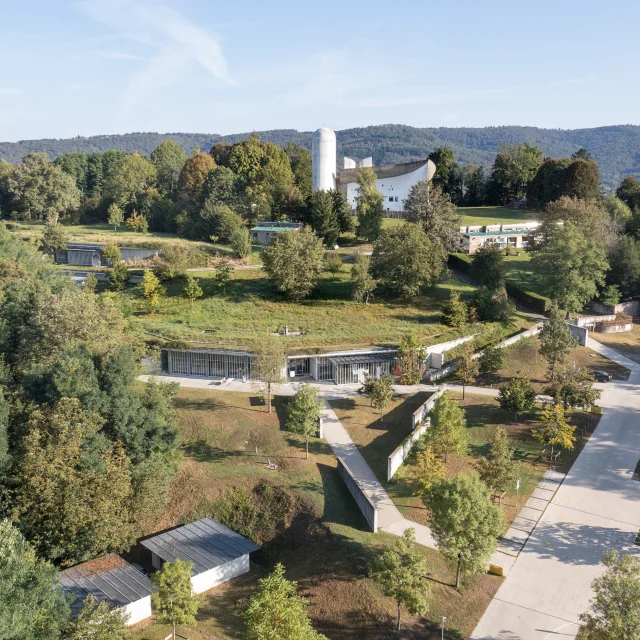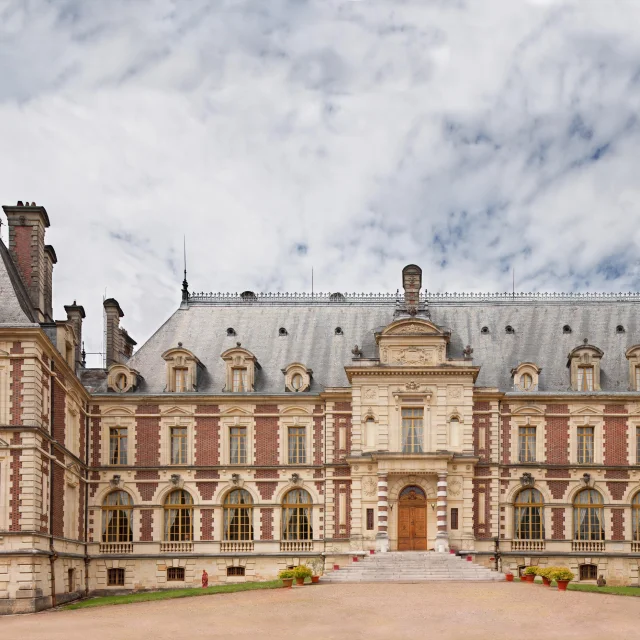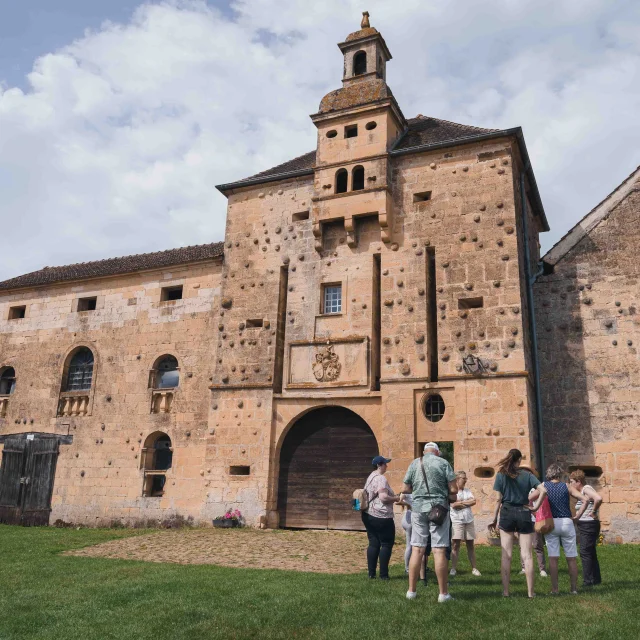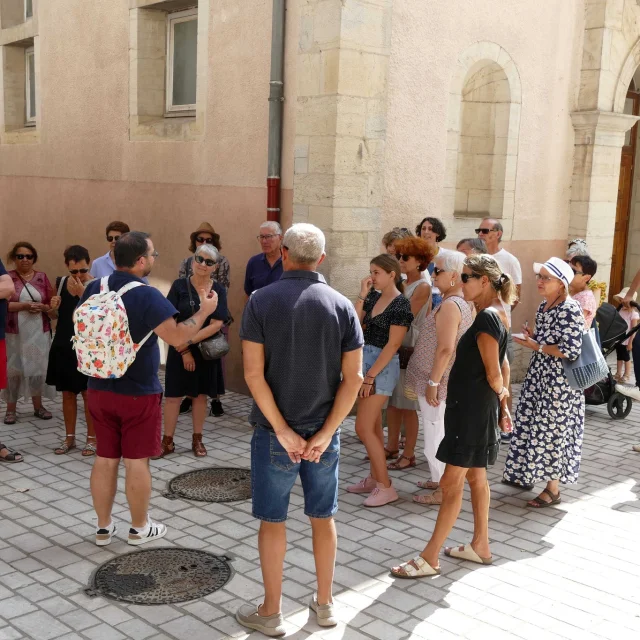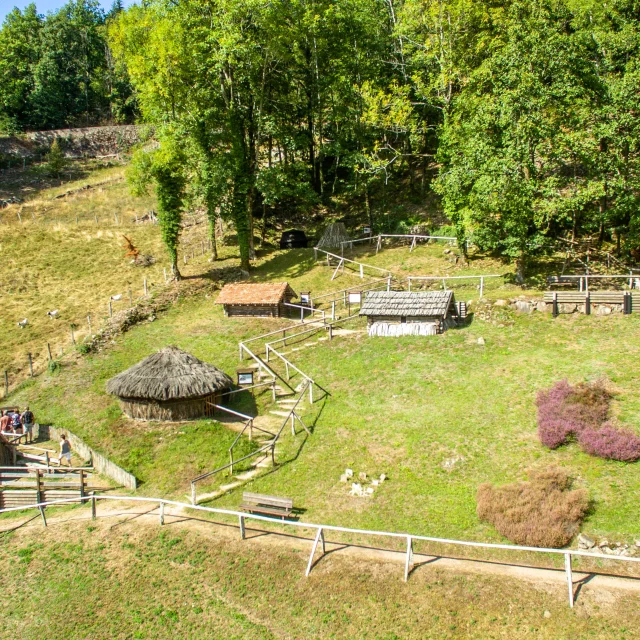With the addition of a Renaissance wing in the 16th century and rebuilt in the 18th century after a fire, the château has been a listed historic monument since 1909. It is surrounded by magnificent formal gardens, added in 2008 to embellish the main courtyard. It is well worth a visit on its own. However, it would be a shame not to visit the museum, and go back in time to explore rural society in Haute-Saône in the late 19th and early 20th centuries.
Founded in 1954 by Albert and Félicie Demard, the museum officially moved into the Château de Champlitte in 1957 and became the property of the Département de la Haute-Saône in 1963.
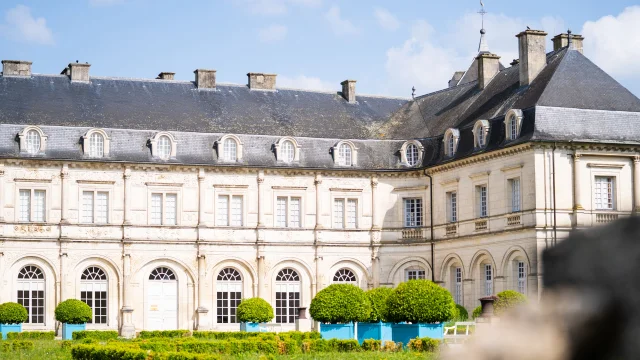 Exterior view - Musée départemental des Arts & Techniques Champlitte - Cité de caractère - Vesoul - Val de Saône
Exterior view - Musée départemental des Arts & Techniques Champlitte - Cité de caractère - Vesoul - Val de SaôneThe museum offers a glimpse of rural society at the turn of the 19th century. Thanks to an immersive scenography, you can move from one room to another (there are forty of them!) to discover reconstructions of peasant homes, workshops and shops that illustrate the daily life of villagers. The objects on display tell the story of popular rites and beliefs of the time, allowing you to relive the activities and trades of yesteryear.
